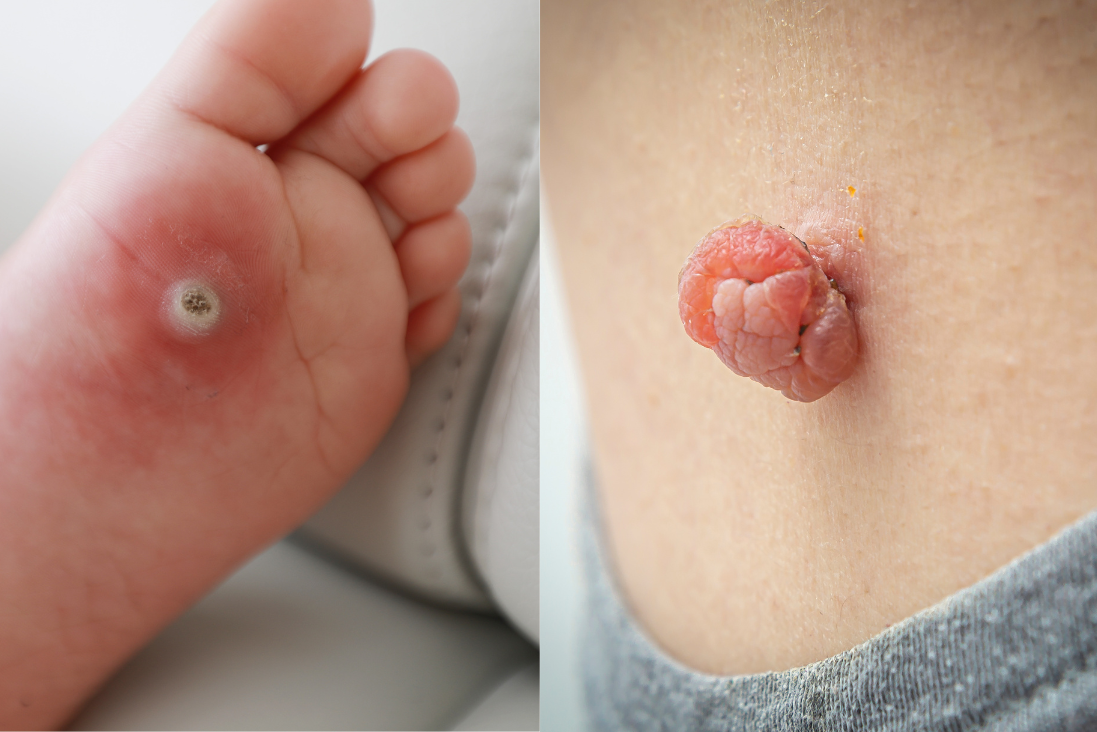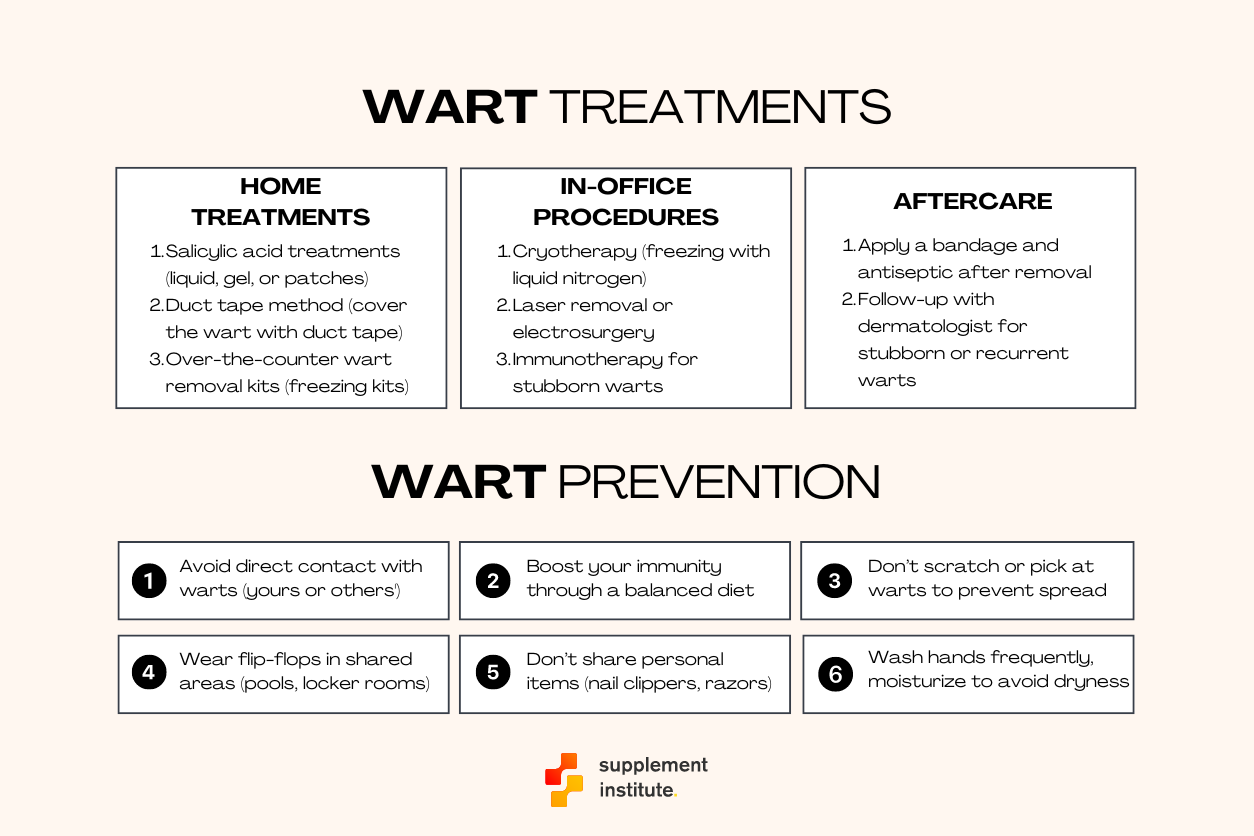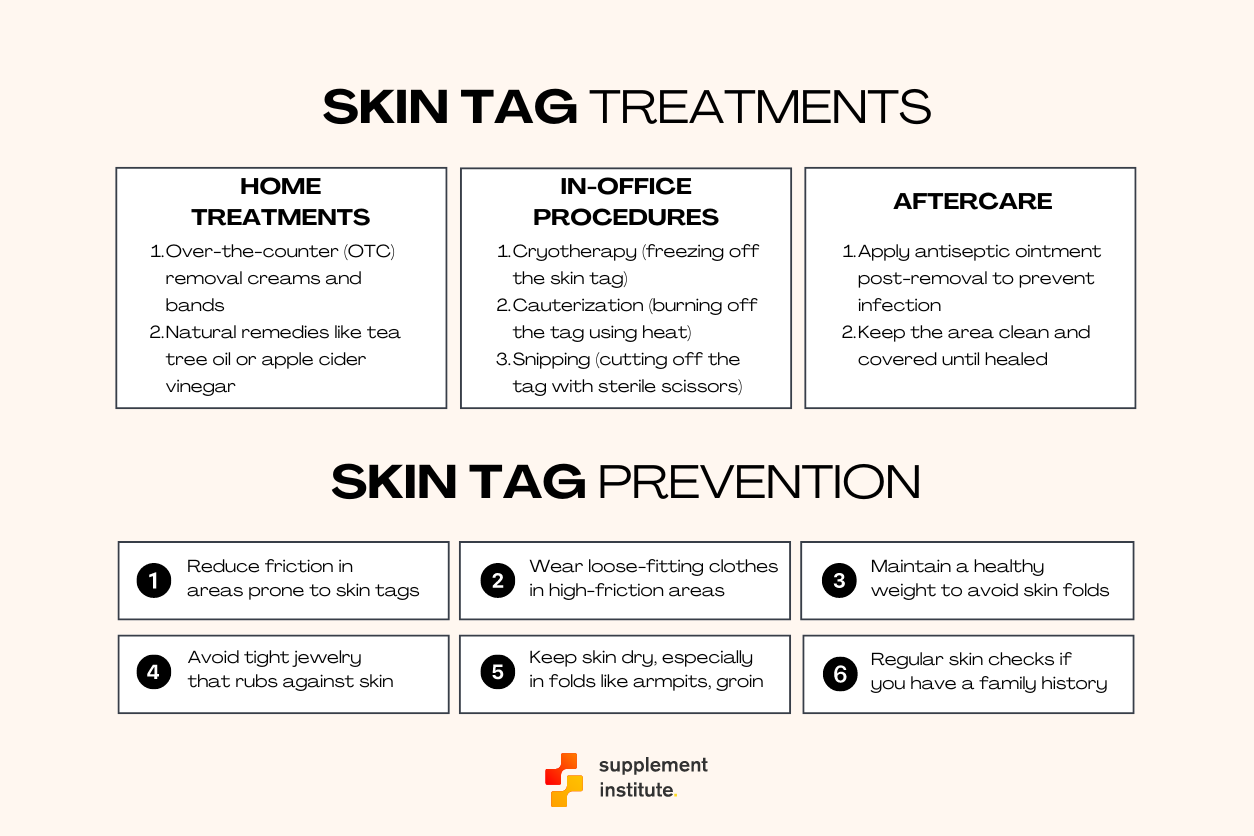Is It a Wart or Skin Tag? Know the Difference

Skin changes are something we all experience at some point. Among the common skin issues are warts and skin tags, both of which can be a little confusing to differentiate at first glance. Knowing the differences between a wart vs skin tag is crucial, especially when considering how to handle them—whether it’s something to keep an eye on or if you should look into treatment. Warts and skin tags may seem harmless on the surface, but they can sometimes cause discomfort or even concern, particularly if you’re unsure what you’re dealing with.
Both warts and skin tags are common, but they’re not the same thing. Warts are usually caused by a viral infection, specifically the human papillomavirus (HPV), while skin tags are benign growths that often appear due to skin friction or genetics. Treatment for these two skin issues differs based on their root causes and characteristics, so it’s important to understand what you’re dealing with before jumping into any home treatments or booking a doctor’s appointment.
What Are Warts?
Warts are small, rough growths caused by an infection with HPV, which enters the skin through tiny cuts or abrasions. They’re contagious, so it’s easy to pick up the virus through direct skin contact or even from objects like towels. While they can appear anywhere on the body, you’ll commonly see warts on the hands, feet, and face. There are different types of warts, and each type tends to show up in specific locations. For example, plantar warts occur on the soles of the feet and can become painful, especially when walking.
Warts often have a rough texture and can be either flat or raised. The color of warts ranges from flesh-toned to slightly darker, depending on your skin type. They can also have tiny black dots, which are small blood vessels that have clotted. Warts are unsightly and a bit of a nuisance. However, they’re not usually painful unless they’re located in sensitive areas (like the feet).
What Are Skin Tags?
Skin tags, on the other hand, are completely different from warts. These soft, small, benign growths usually appear in areas where the skin folds or experiences friction, such as the neck, armpits, and under the breasts. Skin tags are not caused by a virus, and unlike warts, they aren’t contagious. Genetics play a significant role in who gets skin tags, and they’re more likely to appear as we age, particularly after 40. Obesity and conditions like diabetes can also make you more prone to developing skin tags.
While skin tags are usually painless, rubbing against clothing, jewelry or accidental pulling can cause irritation. Some people choose to remove skin tags purely for cosmetic reasons, while others do it simply because they find them bothersome.
Wart vs Skin Tag: How Are They Different?
What Causes Them
One of the key differences between the two is their cause. Warts are contagious and can spread through direct contact, while skin tags are not. Skin tags are usually the result of friction or genetic predisposition, and they’re more likely to occur as we age. While warts can be passed from person to person, skin tags won’t spread, no matter how many you might develop over time.
How They Behave
Another important distinction is in how they behave. Warts can spread on their own or to other parts of the body, but they often disappear on their own as the body’s immune system fights off the virus. Skin tags, however, tend to stick around unless they’re removed—though they don’t grow or spread like warts do. Skin tags are usually harmless and more of a cosmetic issue, whereas warts can be bothersome due to their contagious nature. Additionally, warts might bleed or become painful, especially if they’re located in areas that are frequently irritated, while skin tags generally remain painless unless they get twisted or pulled.
Appearance
In terms of appearance, warts are often skin-colored but can sometimes appear darker, while skin tags usually match the surrounding skin tone. Warts are typically rough to the touch, with a grainy surface, whereas skin tags are soft, fleshy, and dangle off the skin. Skin tags also have a narrow base, while warts tend to be more rooted in the skin, without the distinct stalk that skin tags have.
| Characteristic | Skin Tags | Warts |
| Cause | Friction, genetics, or aging | Human papillomavirus (HPV) |
| Contagious | No | Yes |
| Appearance | Soft, flesh-colored, hanging by a stalk | Rough, bumpy, may have black dots |
| Texture | Smooth and soft | Rough and grainy |
| Location | Skin folds (neck, armpits, groin) | Any part of the body, often hands or feet |
| Growth Pattern | Stable, does not spread | Can spread to other areas or people |
| Pain | Usually painless | Can be painful or uncomfortable |
| Size | Small, can grow larger but remains localized | Varies, often grows and multiplies |
| Color | Flesh-colored or slightly darker | Skin-colored or darker |
| Removal Options | Snipping, freezing, cauterization | Salicylic acid, freezing, laser treatment |
| Regrowth | Unlikely to regrow after removal | Can regrow if virus persists |
| Health Risks | Harmless, cosmetic issue | Can cause discomfort, spreads to others |
Wart Treatment and Prevention
Warts can be persistent, but luckily, there are several treatment options available. Because warts are infectious, treatment typically focuses on removing the wart and encouraging your immune system to fight off the infection.

Treatments for Warts
- Salicylic acid: This is a common over-the-counter treatment for warts. It works by gradually peeling away the layers of the wart. You’ll need to apply it daily, and results can take several weeks.
- Cryotherapy: Your doctor can freeze the wart using liquid nitrogen, causing it to blister and eventually fall off. This method is effective but can be a bit uncomfortable.
- Duct tape: Believe it or not, covering a wart with duct tape for several days, then soaking and filing it down, can help. The tape helps to suffocate the wart, making it easier to remove.
- Laser treatments: For more stubborn warts, laser therapy may be an option. This method uses intense light to destroy the wart tissue.
- Prescription creams: In some cases, your doctor might prescribe stronger creams to help your body’s immune system fight off the wart virus.
Prevention for Warts
- Avoid direct contact: Since warts are infectious, it’s important to avoid direct skin contact with someone who has a wart. Sharing towels, razors, or other personal items can also spread the virus.
- Keep your skin healthy: Broken or damaged skin makes it easier for the wart virus to take hold. Moisturize regularly and avoid biting your nails or picking at hangnails, as this can create entry points for the virus.
- Use flip-flops in communal areas: Public showers and pool areas are prime spots for picking up the wart virus, especially plantar warts. Wearing flip-flops can help protect your feet.
Skin Tags Treatment and Prevention
Unlike warts, skin tags are non-viral, so the focus is typically on physical removal. If a skin tag is causing discomfort or you simply want it gone, there are a few safe ways to remove it.

Treatments for Skin Tags
- Cryotherapy: Just like with warts, freezing the skin tag with liquid nitrogen can make it fall off over time.
- Ligation: In this method, a small string is tied around the base of the skin tag, cutting off its blood supply. After a few days, the tag will shrivel up and fall off.
- Excision: Your doctor can also cut the skin tag off with a scalpel or scissors. This method is quick and usually doesn’t require any downtime.
- Cauterization: This involves burning off the skin tag using electrical energy. It’s another fast and effective option for removal.
Prevention for Skin Tags
- Minimize friction: Skin tags often develop in areas where the skin rubs against clothing or other skin, like the neck, armpits, or groin. Wearing looser clothing and using powders to reduce friction can help.
- Maintain a healthy weight: Since obesity is a risk factor for skin tags, maintaining a healthy weight can reduce the likelihood of developing them.
- Manage blood sugar levels: For those with diabetes or prediabetes, managing blood sugar levels can help lower the risk of skin tags because insulin resistance can sometimes be the culprit. Talk to your healthcare provider about taking a natural blood sugar support supplement to keep your levels in check.
When to Consult a Doctor
Both warts and skin tags are generally harmless, but there are situations where seeing a doctor is the best course of action. If a wart or skin tag becomes painful, bleeds, or changes color, it’s important to get it checked out. In some cases, what appears to be a wart or skin tag could actually be something more serious, like a skin cancer.
Diabetics, in particular, need to be careful with any growths on their feet, since they are more prone to infections. It’s important to consult with a healthcare professional before attempting to treat warts or skin tags at home.
Building a Stronger You
Supplement Institute is the fruit of extensive online publishing experience, spanning the breadth of SEO strategies to the nuances of paid advertisements. Our journey, marked by significant achievements and learning moments, inspires our core mission: to empower our readers with an abundance of information. By sharing insights and key learnings, we aim to provide you with the knowledge needed to navigate the complex world of supplements, helping you make well-informed decisions for your health and well-being. Welcome to Supplement Institute, where information is your greatest supplement.